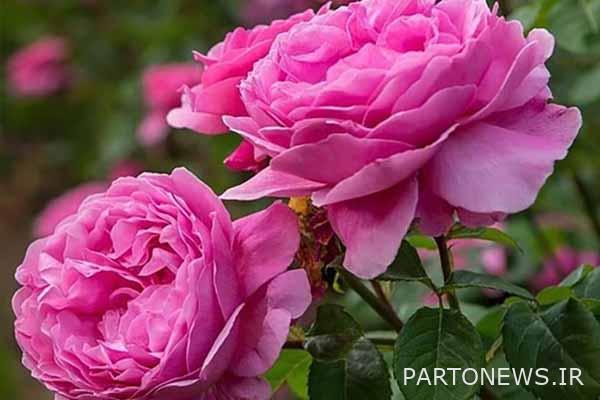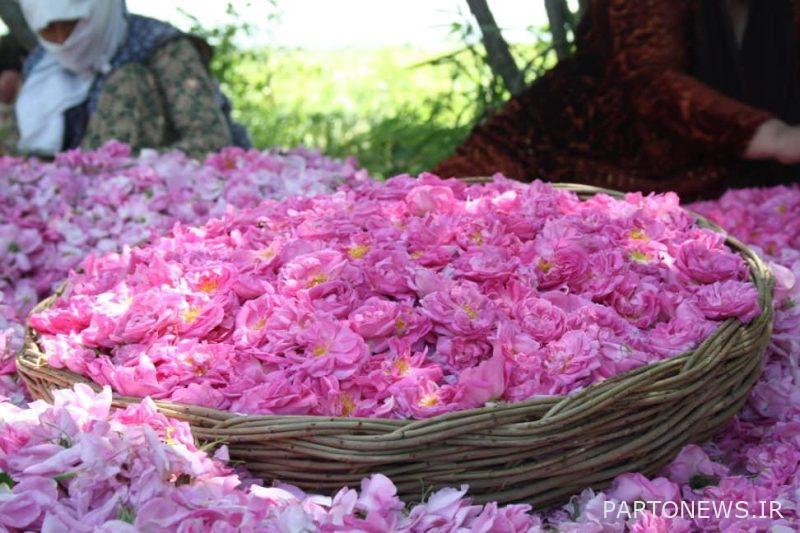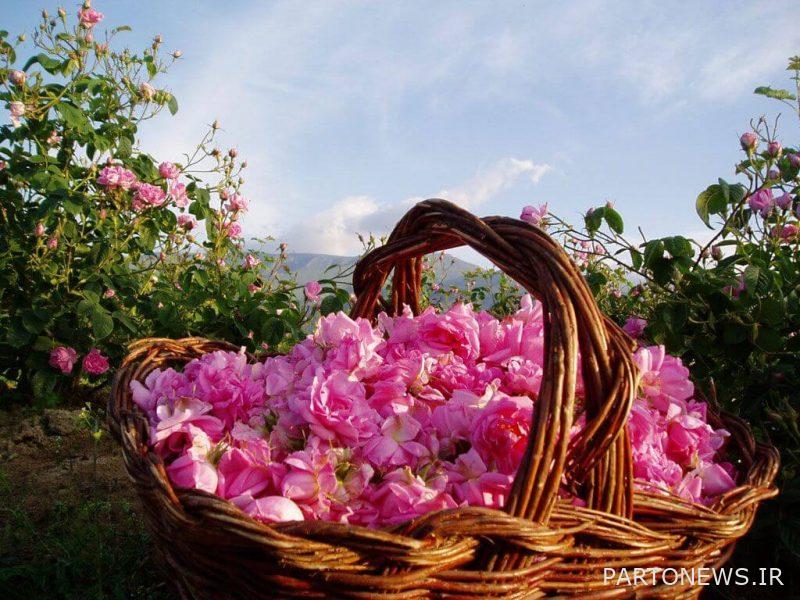Iran’s small share of the world trade of roses

The Great Plain of Kashan is one of the areas where the red light of water shortage was lit from the beginning of the 40s, and the decrease in annual rainfall and continued droughts caused farmers and gardeners, especially in desert areas, to grow crops that require less water. And Noushabad was also a pioneer for planting roses since 2006.
To learn more about the city of Kashan, we suggest that you read the article “Siri in Kashan”.
The flower gardens of Kashan, which are in the mountainous areas, show themselves from the second half of April, but the conditions of the desert of Noushabad are such that the flowers bloom from the first days of April, which is an opportunity for the development of the agricultural economy, but this industry needs to update and monitor the devices. is responsible Despite the fact that the largest number of roses produced in the world are produced in Iran, but due to various reasons, Iran’s share in the world trade of this fragrant flower is small.
In an interview with Isna, Mahmoud Sajdi, the first operator of planting roses in Noushabad, said: The area under rose cultivation has increased from two acres to about 40 hectares after 15 years, and about 10 tons of roses are harvested from each hectare of these gardens. Florists who have turned to growing flowers traditionally and with their experience are facing various problems.
He added: The best environment for the growth of the rose is sandy-loamy soil, whose light texture provides ventilation and drainage and is strengthened with decayed organic matter to an acidity level of about 5.6, which the desert area of Noushabad has these conditions.
The first operator of the planting of roses in Noushabad added: Evidence shows that watering roses during budding and flowering is very important, that in Kashan flower gardens, irrigation is usually done on a surface level and the amount of water varies during each irrigation.
Sajdi clarified: The flower-producing stem is formed from the lateral buds of one-year branches, which requires a temperature difference between day and night of about 4 degrees Celsius, and for budding, a temperature of 15 to 20 degrees Celsius is necessary, which is the condition in desert areas such as Noushabad, Abu Zeidabad. And fresh water is available.
He stated: Hot and dry wind and temperature above 25 degrees, besides causing premature blooming of flowers and physical damage to flowers, reduces the flowering time and the essential compounds of flowers, which causes damage to flower growers. Establishing a meteorological station in Noushabad is a necessity.

Sajdi said: Mohammadi flowers need diverse nutrition and a long-term program, and the officials of the agricultural jihad should think of a solution to train flower growers and provide them with specialized and scientific training in order to improve the quality of the product and reduce the damage to farmers.
This agricultural entrepreneur added: If we accept that about 85% of the production of mohammady is Iran’s share, but our share in the world trade value is very small, which requires attention to the value chain process of this product, especially the production of essential oil.
Sajdi emphasized: increasing the production of essential oil and by-products according to the needs of the world market, identifying various markets for the consumption of marigolds in accordance with the target market, introducing Iranian brands in the world markets are the most important solutions of the value chain of marigolds in Iran, which should be carried out by the relevant and responsible institutions. to be
He stated: According to experienced and experienced florists, the fragrance of Noushabad rose water is unique, and this advantage, along with its early maturity, can encourage farmers to replace it with products such as melons, watermelons, barley, wheat, and cotton in the regions. desert and have little water.
The first organizer of planting roses in Noushabad said: Rose gardens are one of the tourism capacities of Kashan region in the spring season, and in the year that is named after production growth, the growth and development of the cultivated area of roses as a profitable and profitable product. Early returns should be given the attention and support of the authorities.
Sajdi said: After the approach of farmers to the cultivation of mohammadi flower, it is necessary that the officials of the agricultural jihad do not neglect their responsibility towards this spontaneous and innovative approach of the farmers and perform their administrative mission in a proper manner in all-round support of the farmers.
He said: The third expectation of the flower growers is that the relevant officials in the Jihad of Agriculture, the State Administration and the governorate will pay attention and act appropriately for the proper pricing and introduction of the product, so that the farmers will also be encouraged to develop and continue their work.

Also, one of Noushabad’s rose growers told ISNA: Rose rose production is one of the important economic products of Kashan region and the country, which is exported to foreign countries in addition to domestic consumption, but rose rose is a kind of raw sale of the product and the authorities should Pay attention to the production of essential oil and other flower by-products.
Ali Hassan added: The increase in the price of fertilizers and poisons and the wages of workers is one of the important problems in the production of roses, which includes about 50% of the earned income, which makes the process of rose production difficult and not cost-effective.
He clarified: The owners of the rose water production units bought the rose flower at whatever price they want, but they don’t know when to pay for it, and when the product is more in the market, its price also decreases.
This Gulabgir emphasized: holding classes and workshops, improving the knowledge of users and using the scientific power of research and research centers, providing the necessary fertilizers and poisons as the most important ways to support farmers and develop the cultivation of roses should be considered.
Hassan clarified: A traditional florist does not know how much poison to mix with how many liters of water, or he is not familiar with the correct way of fertilizing, and he does this based on his own experience or that of other farmers, while if he does this with scientific information Surely a better result will be obtained and the costs will also be reduced.


